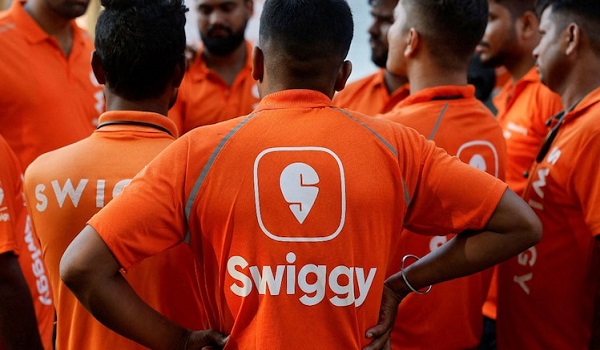As India’s food delivery sector enters a phase of tempered growth, Swiggy is shifting gears to drive demand through value offerings, quick delivery formats, and category innovation rather than geographic expansion, according to Rohit Kapoor, CEO of Swiggy’s food marketplace.
Speaking to The Economic Times, Kapoor outlined a three-pronged strategy that includes scaling its 10-minute food delivery service Bolt, offering affordable combos for low-frequency users, and making more food categories delivery-friendly.
During the January-March 2025 quarter, Swiggy’s food delivery segment posted 17.6% year-on-year growth in gross order value, falling slightly short of its guidance range of 18–22%. Rival Zomato reported 16% growth for the same period.
Kapoor clarified that Swiggy is no longer banking on city expansion to fuel growth. “Food delivery is already available in about 700 Indian cities. Future growth will come from increasing density within cities and targeting new user segments, especially students and first-time earners,” he said.
Swiggy has launched curated value meal offerings to appeal to these low-frequency users and is aggressively pushing its Bolt quick-delivery format, which already contributes 12% of food delivery volumes. “Quick commerce has changed expectations. People want their food fast — it’s a craving-based category,” Kapoor added.
Contrary to popular belief that weakening demand is behind the slowdown, Kapoor said the real challenge lies in supply. “Even in metros like Delhi-NCR and Bengaluru, penetration is far below global benchmarks. The issue is not demand but the lack of sufficient restaurant supply,” he noted.
Opening restaurants remains difficult due to regulatory and operational barriers, though platforms like Swiggy have expanded restaurant reach significantly. “Earlier, a restaurant had a catchment area of 2-3 km. With aggregators, it’s now 10 km. That’s 4x market growth without any additional capex,” Kapoor said.
Kapoor acknowledged that the commission debate between restaurants and aggregators needs more transparency and discussion. While platform commissions are visible, he pointed out that Swiggy also bears a hidden cost — the delivery subsidy — since consumers are unwilling to pay the full delivery charge. “The economics of this business is shared. It’s not a supernormal profit environment,” he said.
He emphasized that Swiggy has enabled restaurant chains to scale with fewer physical locations, suggesting that without aggregators, a brand would need 40 outlets to cover Bengaluru, whereas now it can do so with just 8–10.
Swiggy sees huge potential in unlocking new use cases and time slots with its 10-minute Bolt service. “Quick food delivery is where quick commerce was four years ago. We believe this segment can reshape consumer behavior,” Kapoor said.
Swiggy’s broader growth strategy includes expanding into delivery-friendly categories that were once considered non-viable, such as tea, coffee, and snacks. With changing eating habits, increasing female workforce participation, and rising GDP per capita, Kapoor said the food ecosystem in India is evolving, and Swiggy is positioning itself to ride the next wave.
As both Swiggy and Zomato continue to invest heavily in quick commerce, while food delivery remains their primary revenue engine, the race to innovate and unlock new growth vectors is only intensifying.


